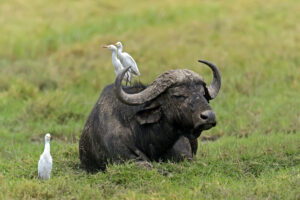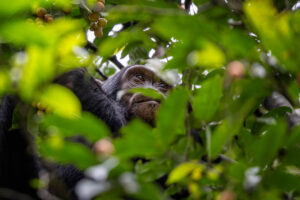Ultimate Travel Guide for Chinese Tourists Visiting Tanzania
Tanzania, located in East Africa, is a land of breathtaking landscapes, diverse wildlife, and vibrant cultures. It is home to iconic destinations like the Serengeti National Park, Mount Kilimanjaro, and the paradise island of Zanzibar, making it one of the most popular travel destinations in the world. This guide is tailored for Chinese tourists to ensure a safe, enjoyable, and unforgettable experience in Tanzania.
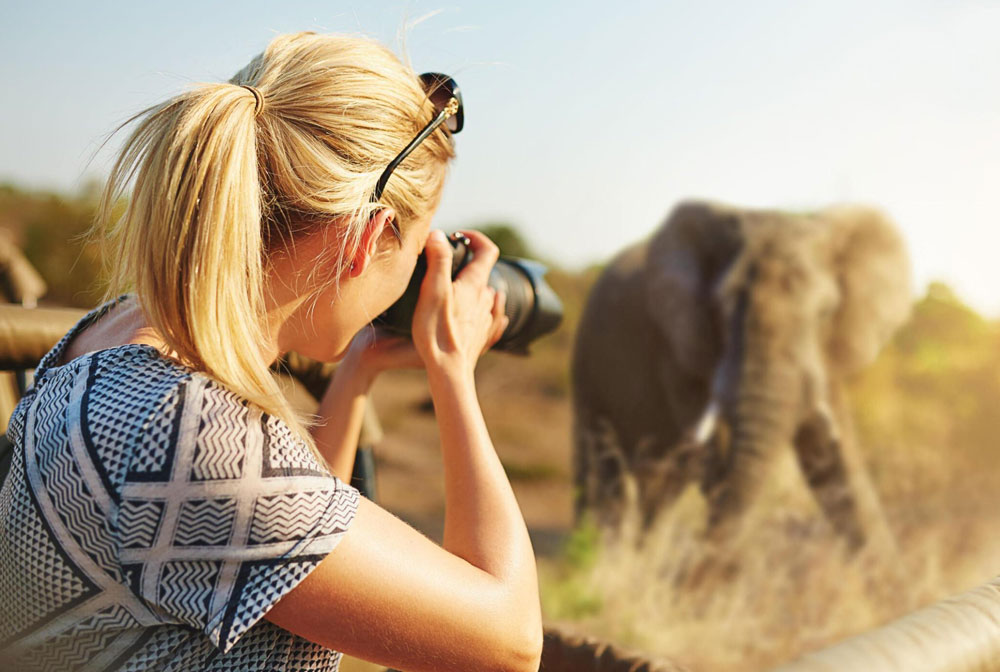
About Tanzania
Tanzania is a country of unparalleled natural beauty and cultural richness. From the Great Migration in the Serengeti to the pristine beaches of Zanzibar, Tanzania offers something for every traveler. Its warm hospitality, diverse wildlife, and stunning landscapes make it a must-visit destination.
Travel Safety in Tanzania
- Is Tanzania a Safe Country?
Tanzania is generally safe for tourists, especially in popular tourist areas. However, it’s important to take precautions such as avoiding isolated areas at night and safeguarding personal belongings. - Do I Need to Buy Travel Insurance?
Yes, travel insurance is highly recommended. It should cover medical emergencies, trip cancellations, and lost luggage. - What Vaccinations and Medications Are Required?
Vaccinations for yellow fever, hepatitis A & B, and typhoid are recommended. Malaria prophylaxis is also essential. Consult your doctor before traveling. - Can I Communicate with Local Tanzanians?
English and Swahili are widely spoken. Learning a few basic Swahili phrases like “Jambo” (Hello) and “Asante” (Thank you) can enhance your experience. - Are Wild Animals Dangerous?
Wild animals should be observed from a safe distance. Always follow your guide’s instructions during safaris and never leave your vehicle. - How Powerful Are Tsetse Flies?
Tsetse flies can be a nuisance and may carry sleeping sickness. Wear neutral-colored clothing and use insect repellent to minimize bites.
The Great Migration of Wildlife
- What is the Great Migration?
The Great Migration is the annual movement of over two million wildebeest, zebras, and gazelles across the Serengeti and Maasai Mara ecosystems. - When is the Best Time to Watch the Migration?
The best time is from June to October for river crossings and from December to March for calving season.

Planning Your Trip to Tanzania
- When is the Best Time to Travel?
The dry seasons (June-October and December-February) are ideal for safaris and wildlife viewing. - What is the Climate Like?
Tanzania has a tropical climate with wet (March-May, November) and dry (June-October, December-February) seasons. - How Far in Advance Should I Book?
Book at least six months in advance, especially for peak seasons. - What is Included in Customized Itineraries?
Custom itineraries typically include accommodations, meals, park fees, guided tours, and transportation. - Can Children Go on Safari?
Yes, many lodges are family-friendly, though some have age restrictions for game drives. - What If I Have Special Needs?
Inform your tour operator in advance to ensure accommodations and activities are tailored to your needs. - Can I Book a Trip to Zanzibar?
Yes, many travel agencies offer Zanzibar beach extensions after a safari.
Safari Vehicle and Road Conditions
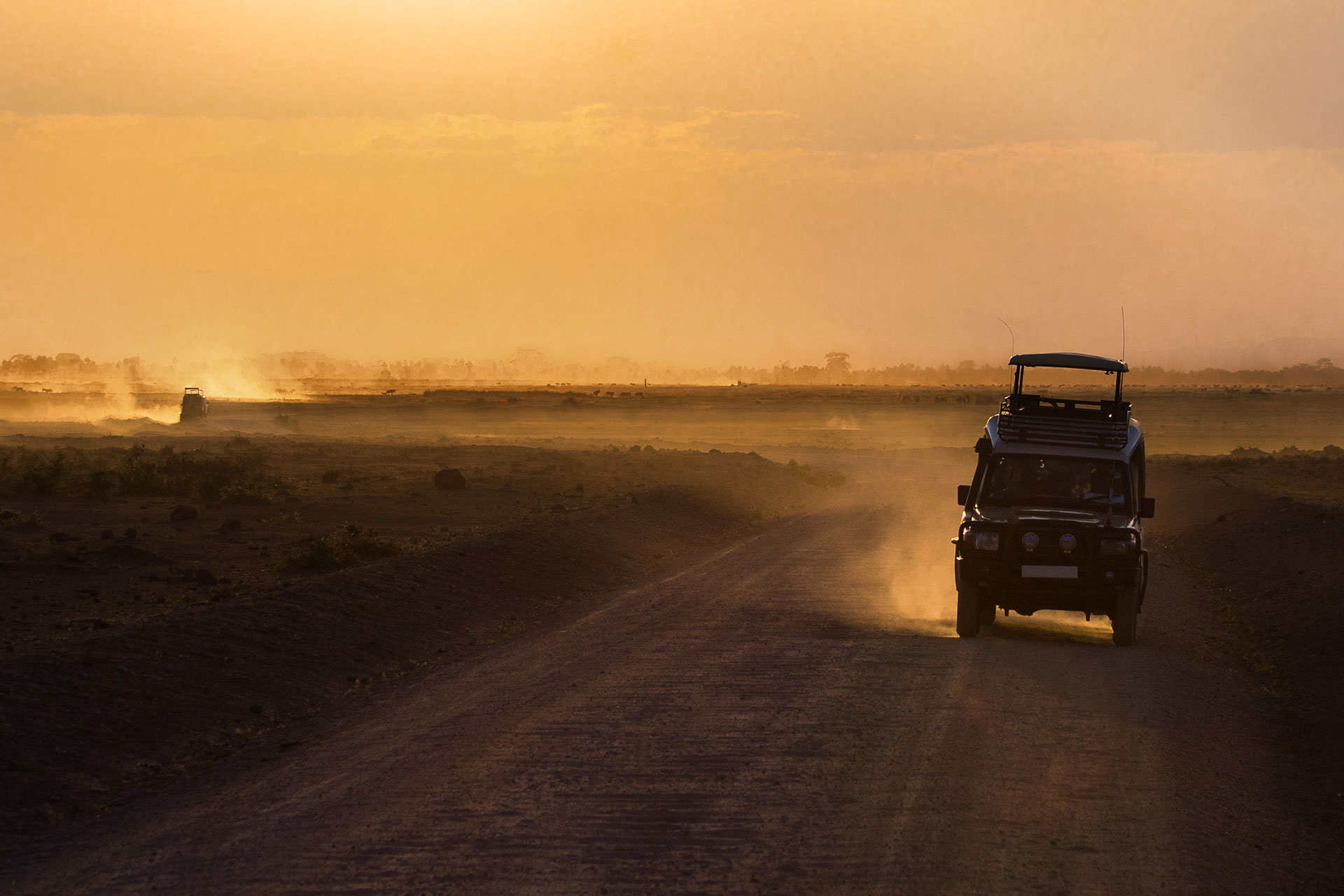
- What Type of Safari Vehicle Will I Ride In?
Most safaris use 4×4 Land Cruisers with pop-up roofs for optimal wildlife viewing. - What Are the Road Conditions Like?
Roads in national parks are often unpaved and bumpy. - Will There Be Dust During the Safari?
Yes, especially in dry seasons. Bring a scarf or mask for protection.
Accommodation, Power Supply, and Communication
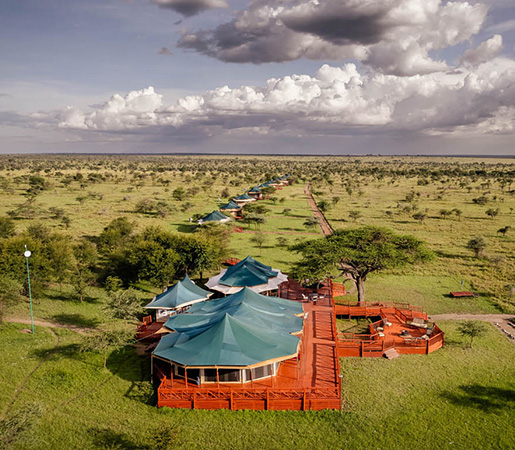
- Hotel Accommodation Standards
Options range from luxury lodges to budget campsites. Most lodges offer comfortable amenities. - Types of Meals
Buffet-style meals with a mix of local and international cuisines are common. - Is There 24-Hour Electricity?
Most lodges have generators or solar power, but electricity may be limited in remote areas. - Can I Use My Mobile Phone?
Mobile coverage is available in most areas, but it may be weak in remote parks. - Can I Use a Drone?
Drones are prohibited in national parks without a special permit.
Shopping in Tanzania
- Local Handicrafts
Popular souvenirs include Maasai beadwork, wood carvings, and Tingatinga paintings. - Where Are the Souvenir Shops?
Shops can be found in major cities, airports, and near tourist attractions. - Tanzanite Gemstones
Tanzanite, a rare blue gemstone, is a must-buy. Purchase from certified dealers to ensure authenticity.
The Best Way to Travel to Tanzania
- International Airports
Tanzania has three main international airports: Julius Nyerere (Dar es Salaam), Kilimanjaro (Arusha), and Zanzibar. - Flights from China
Direct flights are limited; most routes connect via Middle Eastern or African hubs. - Can Travel Agencies Help with Flights?
Yes, most agencies can assist with flight bookings. - Are There Airport Taxes?
Domestic flights include taxes in the ticket price. - What If My Flight is Delayed?
Contact your tour operator immediately for assistance. - Luggage Restrictions
Domestic flights usually have a baggage limit of 15kg per person.
Entering Tanzania
- Visa Types
Chinese travellers need a visa, which can be obtained online (E-VISA) or on arrival. - Visa Application
Apply online at Tanzania Immigration’s official website or at the Tanzanian Embassy in Beijing.
Safari Payment
- How Do I Pay for My Trip?
Most operators accept bank transfers, credit cards, and USD cash payments or Safe payment links - Cancellation Policy
Policies vary by operator, so check before booking. - Tipping
It is customary to tip guides and lodge staff in USD or Tanzanian Shillings. - Can I Use US Dollars?
Yes, USD is widely accepted, but small denominations and new bills are preferred.
What to Wear and Bring
- Clothing
Lightweight, neutral-coloured clothing is ideal for safaris. Pack a jacket for cooler evenings. - Must-Have Items
Sunscreen, insect repellent, a hat, comfortable shoes, and a reusable water bottle are essential.
Kilimanjaro Climbing Guide
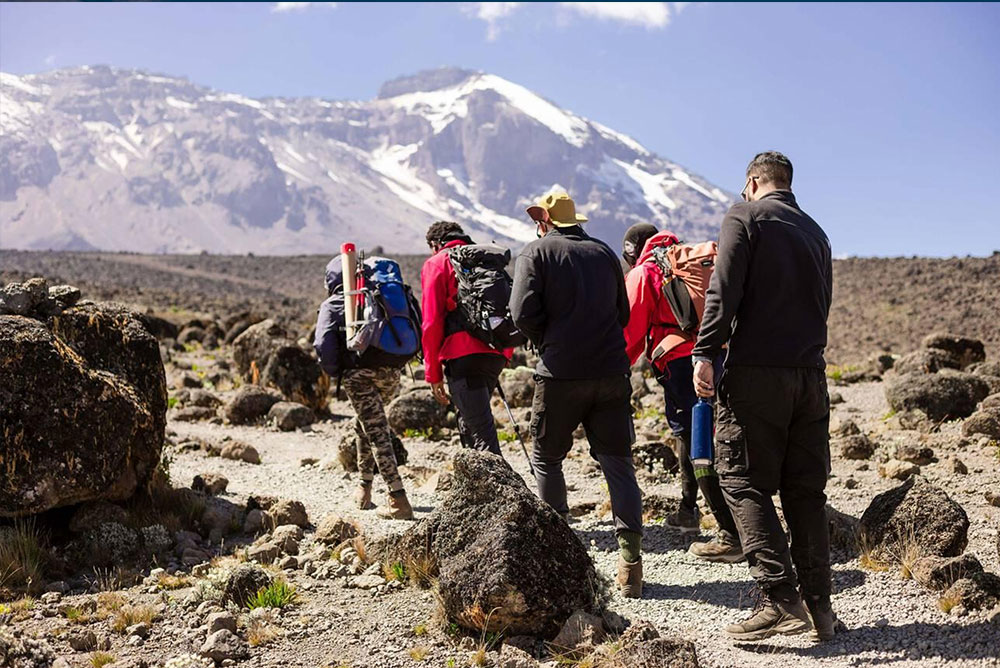
- Climate
Temperatures vary from hot at the base to freezing at the summit. - Luggage
Pack light but include essentials like warm clothing and climbing gear. - Clothing and Footwear
Layered clothing and sturdy hiking boots are a must. - Mountaineering Equipment
Rent or bring items like trekking poles, sleeping bags, and headlamps. - Dining on the Mountain
Meals are provided by tour operators, often including hot meals and snacks. - Tipping
Tipping guides and porters is customary. Follow your operator’s guidelines.
Things to Note When Traveling in Tanzania
- Do: Respect local customs, dress modestly, and follow safety guidelines.
- Don’t: Litter or disturb animals in their natural habitat.
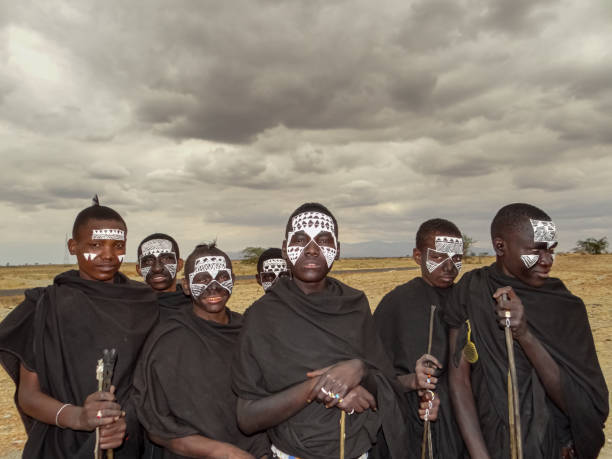
Tanzania offers an unforgettable adventure for Chinese travellers. With proper planning and preparation, your journey to this African paradise will be nothing short of extraordinary. Safe travels!



